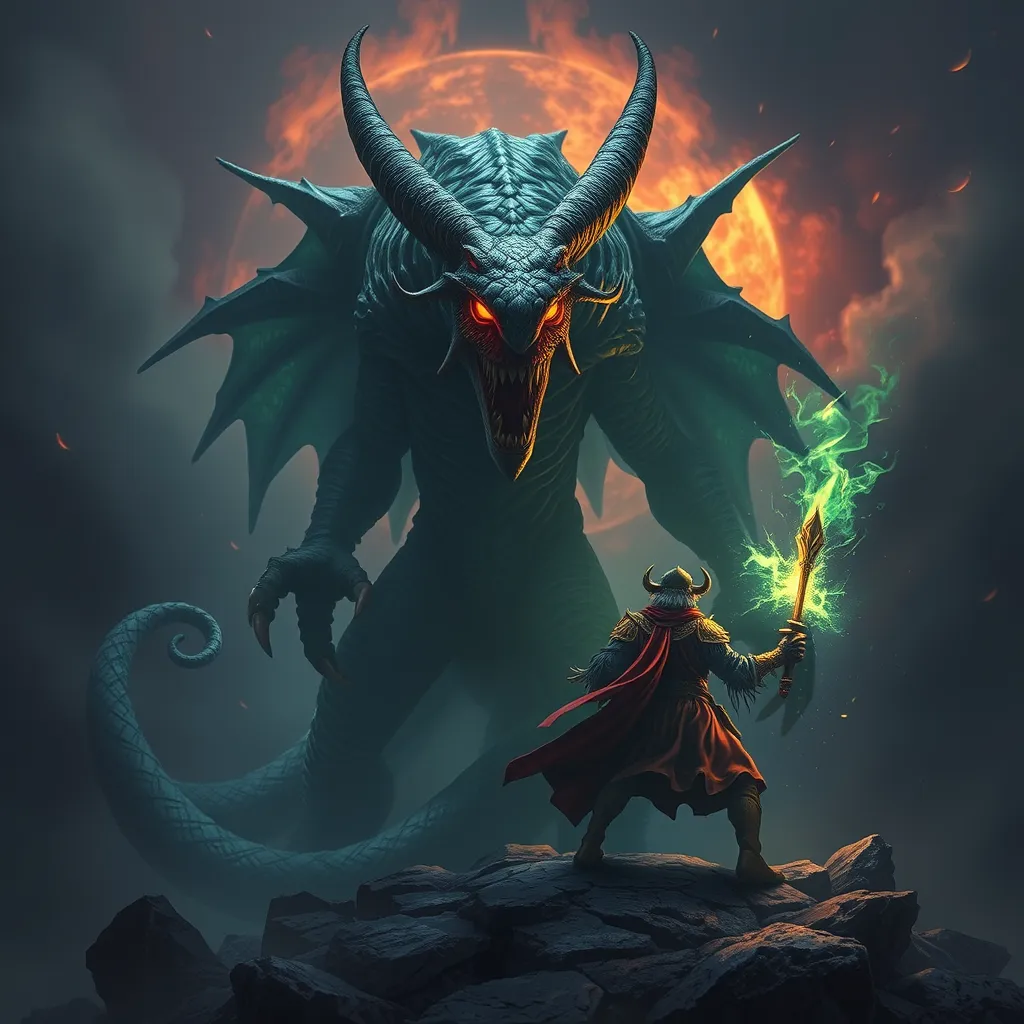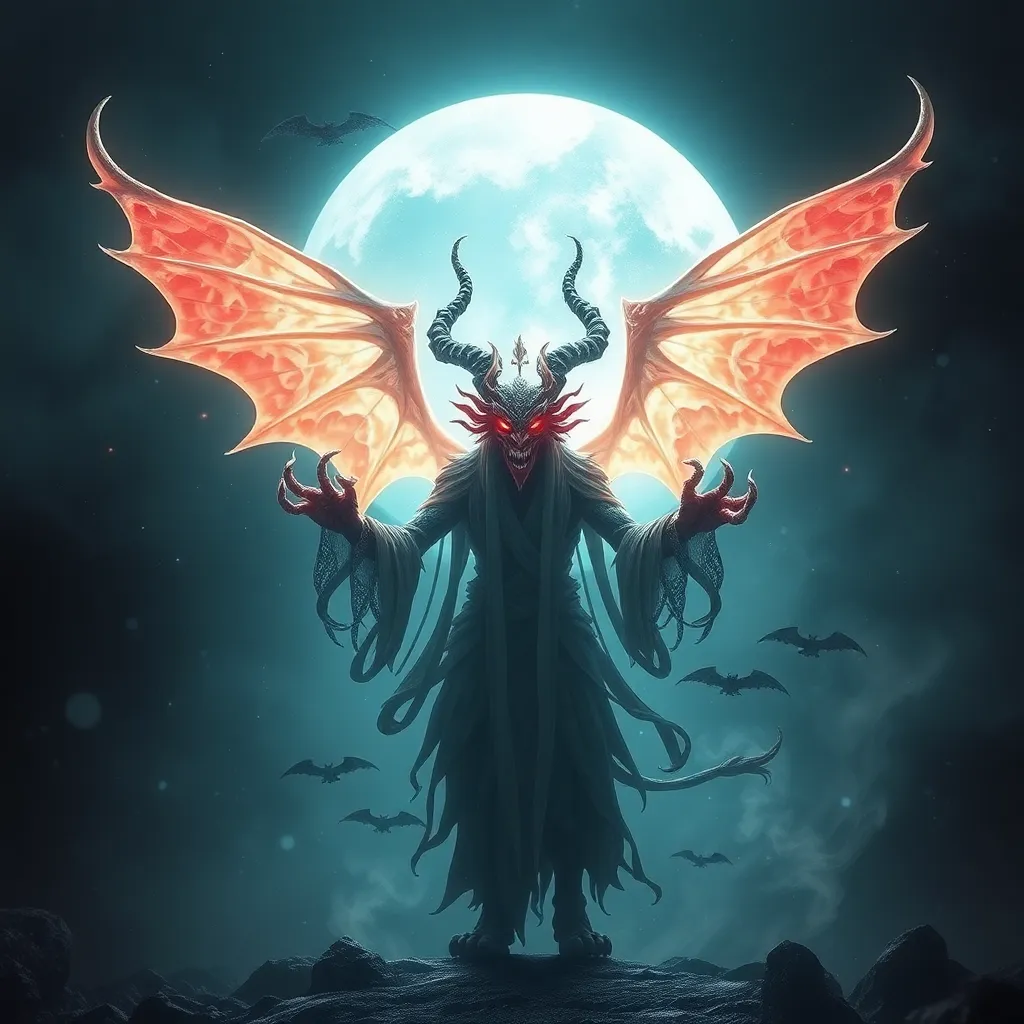I. Introduction
The Basilisk, a legendary creature often depicted as a serpent or a lizard with lethal powers, has captivated the imaginations of many throughout history. Its presence in mythology serves as a representation of the fears and dangers that lurk in the shadows of human existence. Alongside these mythical beasts, legendary heroes emerge, embodying courage, strength, and the quest for justice. This article aims to delve into the intriguing interactions between the Basilisk and various iconic champions in folklore, highlighting the lessons and symbolism derived from these encounters.
II. The Basilisk: A Mythical Overview
A. Origins and characteristics of the Basilisk
The origins of the Basilisk can be traced back to ancient texts, particularly in European folklore where it is described as a reptilian creature with the ability to kill with its gaze. Often identified as the ‘king of serpents’, the Basilisk is characterized by its unique features, including:
- A crown-like crest on its head
- Scales that gleam like precious stones
- A venomous bite capable of causing instant death
B. Cultural representations across different societies
The Basilisk appears in various cultural narratives, with adaptations seen in Roman, Greek, and medieval European folklore. In Roman times, it was often associated with evil and chaos, while in medieval texts, it was viewed as a creature to be vanquished by noble knights. The creature’s depiction varies, but the common thread remains its association with death and destruction.
C. The Basilisk’s role as a symbol of fear and danger
As a creature of myth, the Basilisk symbolizes the ultimate fears that humanity faces—death, the unknown, and the monstrous aspects of nature. Its ability to petrify those who meet its gaze serves as a metaphor for how fear can immobilize individuals and societies. This portrayal invites reflection on the nature of fear and its impact on human behavior.
III. Legendary Heroes: Defining Traits and Archetypes
A. Characteristics of legendary champions in folklore
Legendary heroes, often depicted in myths and stories, share several defining traits:
- Bravery in the face of overwhelming odds
- A strong moral compass and sense of justice
- Exceptional skills or attributes that set them apart
B. Common themes in hero narratives
Hero narratives frequently explore themes such as:
- Good versus evil
- The journey of self-discovery
- The sacrifice for a greater cause
C. The significance of heroism in ancient cultures
In ancient cultures, heroes served as exemplars of virtues and ideals that society aspired to. Their stories provided moral lessons and a framework for understanding the complexities of human nature and the struggle against adversity.
IV. The Basilisk’s Encounters with Heroes
A. Case Study 1: Perseus and the Basilisk
1. The mythological context
In some adaptations of Greek mythology, the Basilisk is depicted as a foe faced by heroes like Perseus. Known for slaying Medusa, Perseus embodies heroic attributes that are crucial when confronting such a formidable adversary.
2. Analysis of the encounter and its implications
The battle between Perseus and the Basilisk highlights themes of bravery and strategy. Perseus, armed with gifts from the gods, faces the creature’s petrifying gaze with cunning and skill, symbolizing the triumph of intelligence over brute force.
B. Case Study 2: St. George and the Dragon
1. The Basilisk’s representation as a dragon
In various interpretations, the Basilisk has been conflated with dragon lore, most notably in the tale of St. George. Here, the Basilisk embodies not just a physical threat but also the evils that plague society.
2. Heroic traits exemplified in the battle
St. George’s victory over the dragon serves as a powerful metaphor for the victory of good over evil. His courage and faith exemplify the qualities that every hero must possess to confront and conquer their fears.
V. Symbolic Interpretations of Hero-Basilisk Encounters
A. The Basilisk as a metaphor for challenges and fears
The Basilisk can be interpreted as a representation of the internal and external challenges individuals face. Its deadly gaze reflects the paralyzing effects of fear, while the heroes’ encounters symbolize the journey toward overcoming these fears.
B. Heroes as embodiments of courage and resilience
Heroes are often seen as embodiments of resilience, navigating through adversity and emerging victorious. Their stories inspire individuals to confront their fears and strive for greatness despite the dangers that lie ahead.
C. Lessons learned from these myths in contemporary society
The encounters between heroes and the Basilisk offer valuable lessons applicable to modern life. They remind us that:
- Fear can be confronted and overcome
- Heroism takes many forms and can be found in everyday actions
- Challenges often lead to personal growth and transformation
VI. The Basilisk in Modern Culture
A. The Basilisk’s influence in literature and film
In contemporary literature and film, the Basilisk continues to be a prominent figure, often appearing in fantasy narratives. Its portrayal ranges from fearsome beast to misunderstood creature, reflecting the complexities of human emotion and morality.
B. Modern interpretations of heroism in relation to mythical creatures
Today’s heroes are often depicted as complex characters who must navigate their fears and insecurities, paralleling the struggles of those who confront creatures like the Basilisk. These narratives resonate with audiences, highlighting the enduring relevance of heroism.
C. The continued relevance of the Basilisk and its heroes
The Basilisk remains a potent symbol in modern storytelling, reminding us of the timeless battle between good and evil, and the hero’s journey that continues to inspire generations.
VII. Comparative Analysis of Other Mythical Monsters and Heroes
A. Overview of other legendary monsters (e.g., dragons, griffins)
Similar to the Basilisk, other legendary monsters such as dragons and griffins have also played significant roles in folklore, each representing various fears and societal challenges.
B. How encounters with these creatures mirror those with the Basilisk
Encounters with dragons, griffins, and other mythical beasts often echo the struggles faced by heroes against the Basilisk. These narratives highlight universal themes of courage, sacrifice, and the fight against one’s fears.
C. The evolution of the monster-hero dynamic in various cultures
As cultures evolved, so too did the dynamics between monsters and heroes. The Basilisk’s interactions with legendary champions illustrate how these relationships reflect societal values and the human experience across different eras.
VIII. Conclusion
In conclusion, the encounters between the Basilisk and legendary champions offer rich insights into the human condition, reflecting our fears and the heroic qualities we aspire to. The enduring power of these myths serves as a reminder of the challenges we face and the heroes we can become. As we continue to explore the relationship between monsters and heroes in folklore, we discover timeless lessons that are as relevant today as they were in ancient times.



